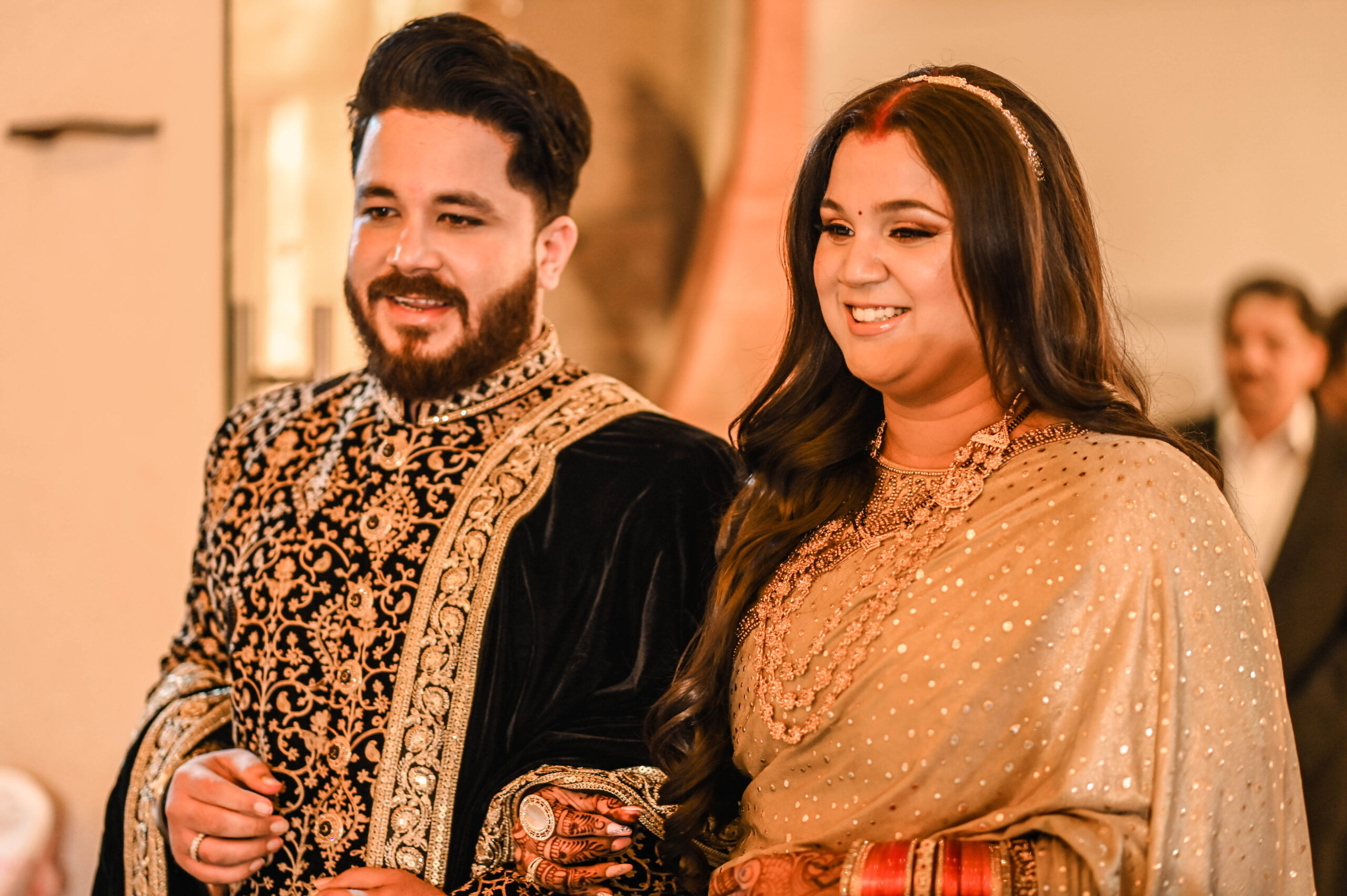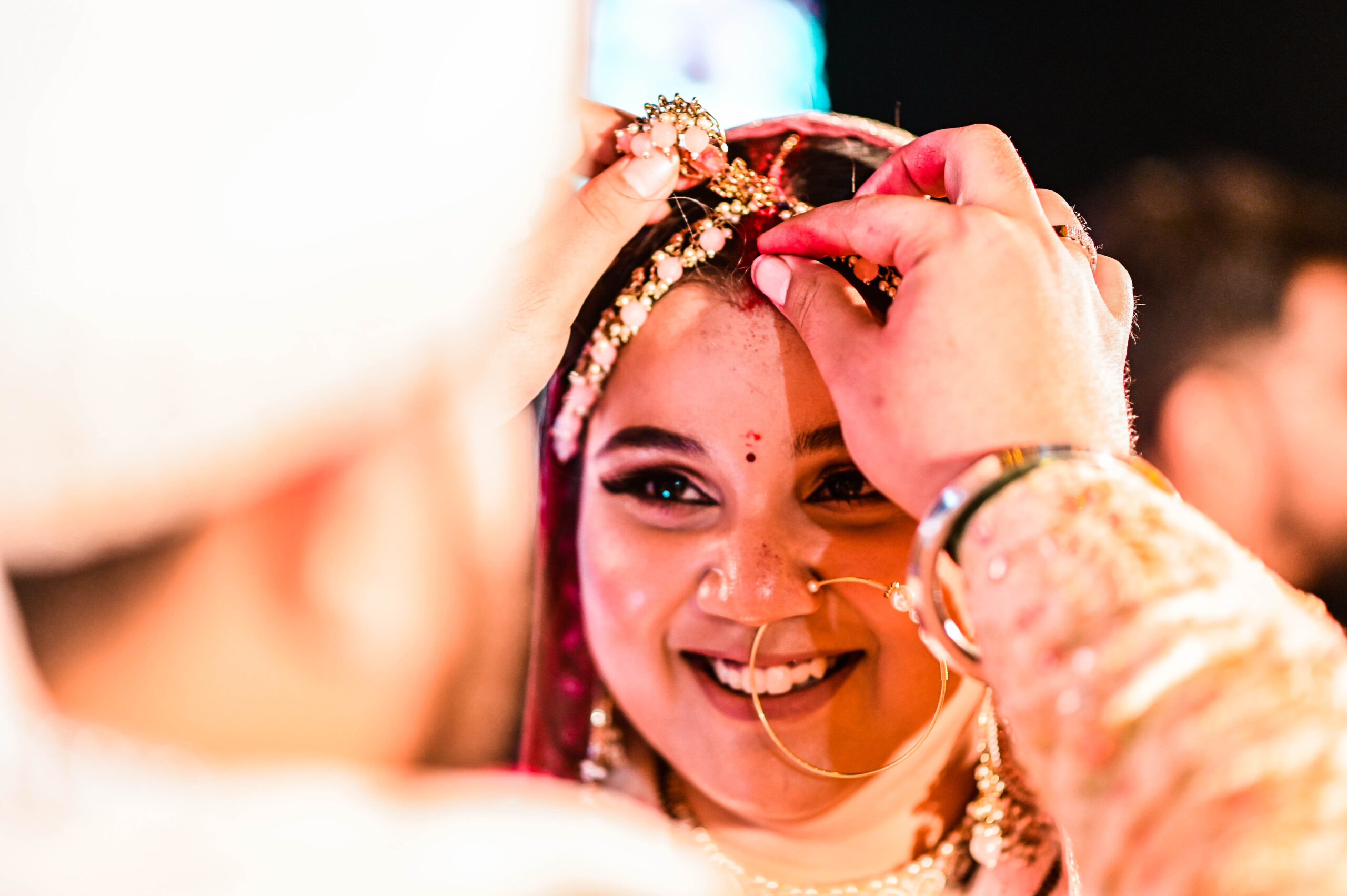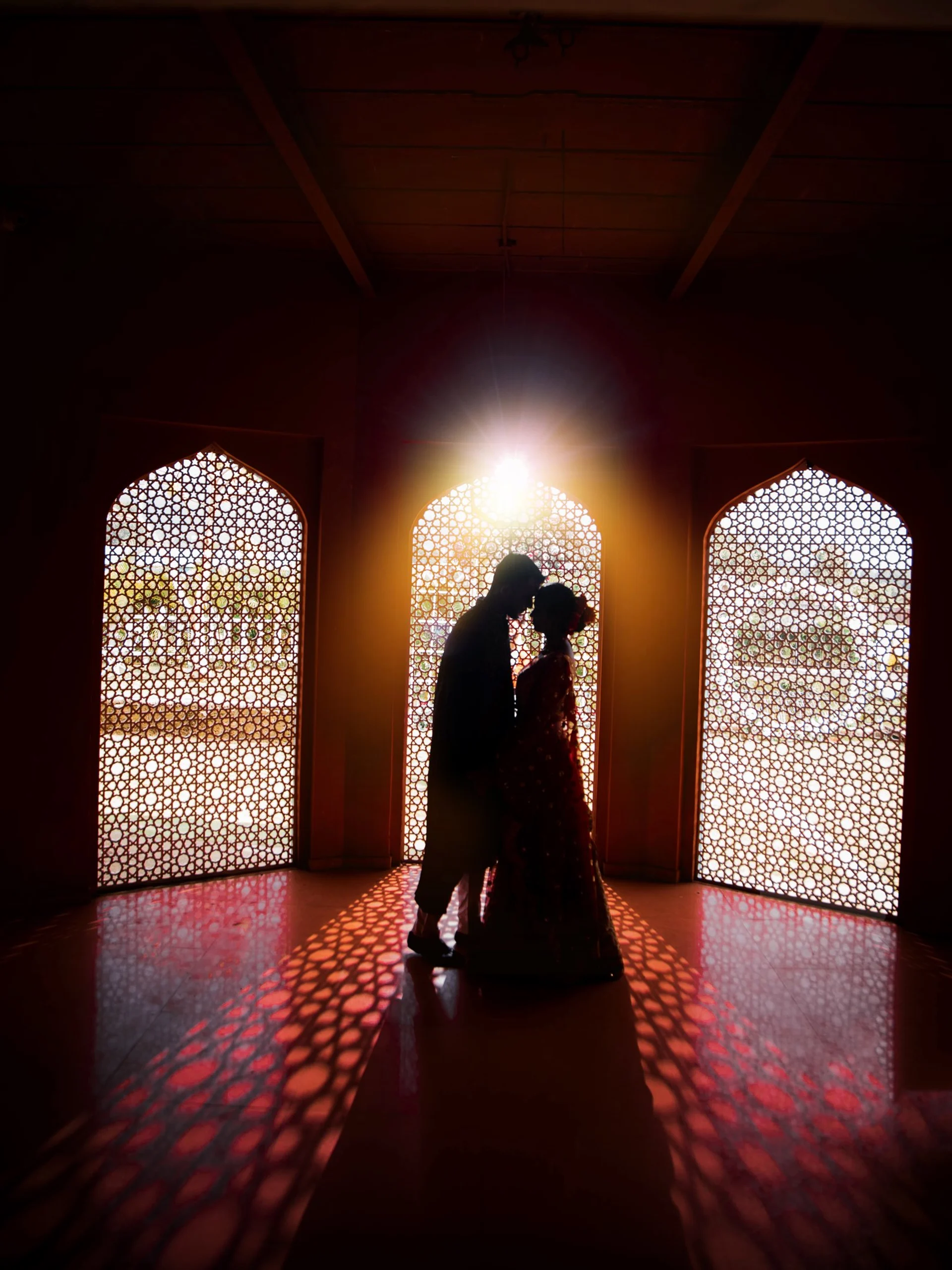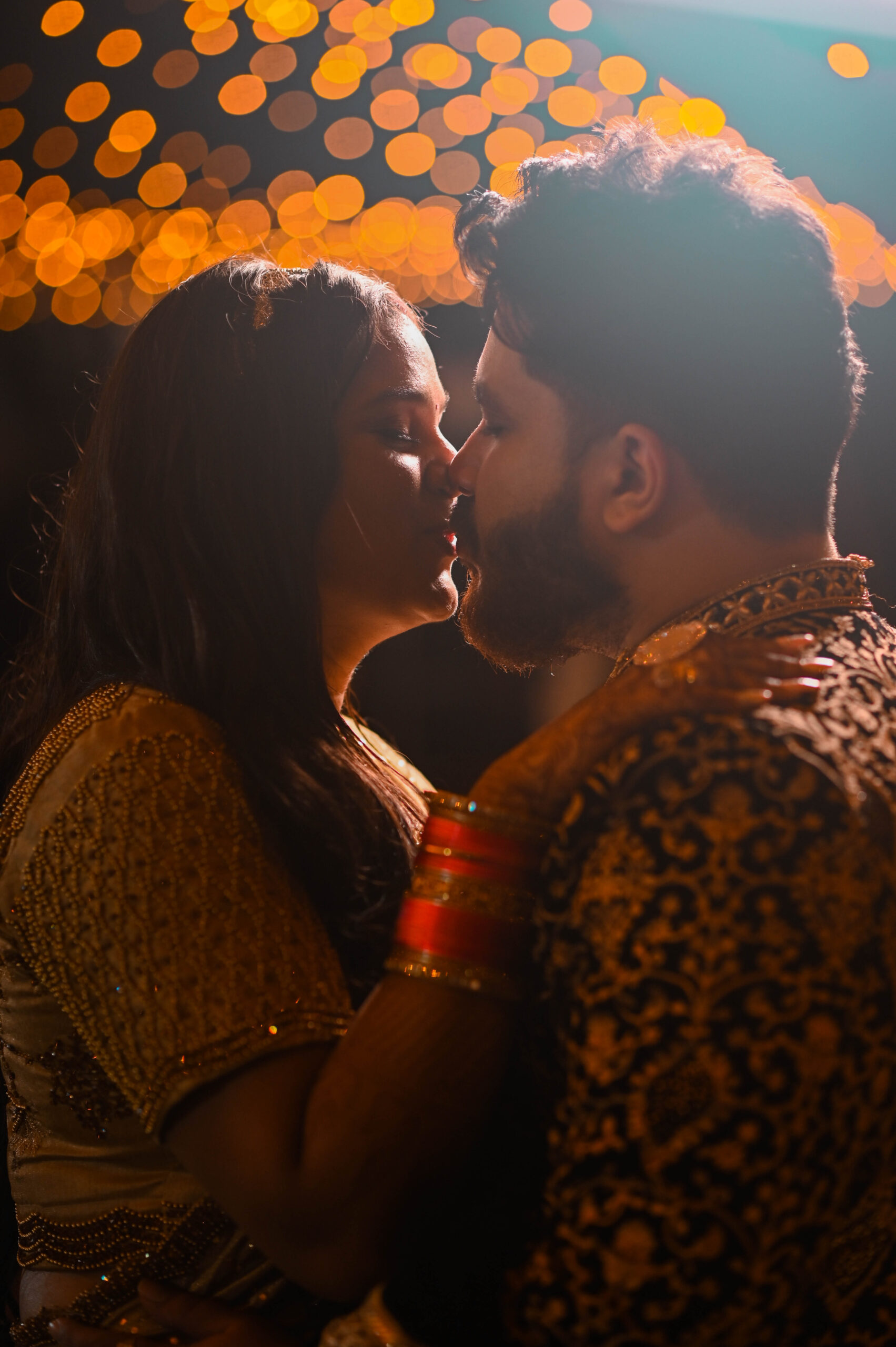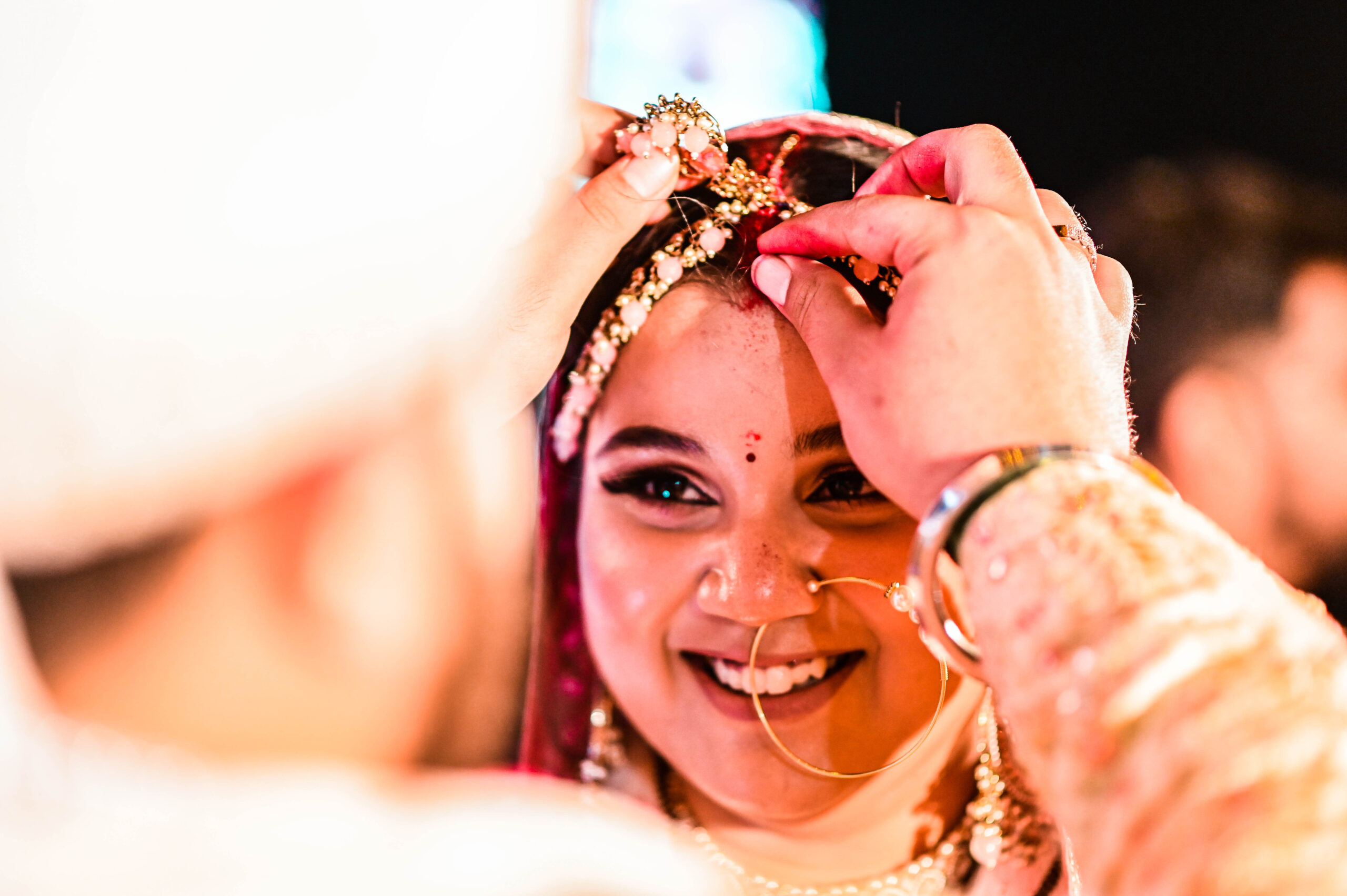wedding photography is an art form that goes beyond simply clicking pictures. It is about capturing emotions, preserving memories, and telling a story that will be cherished for generations. Weddings are one of the most significant milestones in a person’s life, and photography plays a crucial role in ensuring that every detail, moment, and expression is beautifully documented. This article explores the essence of wedding photography, the styles, preparation, challenges, and the emotional impact it holds.
The Importance of wedding photography
A wedding day is often described as a whirlwind of emotions and events. From the nervous anticipation of getting ready to the heartfelt vows exchanged at the altar, every moment is fleeting yet deeply meaningful. wedding photography serves as a time machine, allowing couples to relive their special day through visual storytelling. It captures the love, joy, and connections shared not only between the couple but also among their family and friends.
Photographs from a wedding become treasured heirlooms, passed down through generations. They hold the power to evoke nostalgia and to tell a couple’s unique love story in a way that words alone cannot. For this reason, choosing the right wedding photography is a decision of great significance.
Styles of wedding photography
wedding photography has evolved significantly over the years, and couples today have a variety of styles to choose from. Each style brings a unique perspective and aesthetic to the final collection of images.
- Traditional Photography: This style focuses on posed shots, capturing moments with precision and formality. Group photos of the bridal party, family, and couple are typical in this approach. It is timeless and appeals to those who appreciate classic portraits.
- Photojournalistic Style: Often referred to as documentary or candid photography, this style emphasizes storytelling. Photographers capture events as they unfold naturally, without interfering or staging. The result is an authentic representation of the day, full of raw emotions and spontaneity.
- Fine Art Photography: This style blends artistic vision with wedding photography. It often involves creative compositions, dramatic lighting, and a focus on aesthetics. Fine art photographers aim to produce images that are as much about art as they are about documenting the event.
- Contemporary Photography: Modern and fashion-forward, contemporary photography often draws inspiration from editorial shoots. It incorporates dynamic angles, vibrant colors, and dramatic poses, appealing to couples who want their photos to look chic and stylish.
- Vintage Photography: Nostalgia-driven, this style uses filters, props, and editing techniques to create a retro feel. It’s ideal for couples who want to infuse their wedding memories with a sense of timeless charm.

Preparation for wedding photography
The success of wedding photography lies in meticulous preparation. A professional photographer ensures that every aspect of the event is anticipated and planned for. Below are the key steps involved:
- Consultation and Planning: Understanding the couple’s preferences, expectations, and vision is crucial. This initial stage involves discussions about the style of photography, the schedule of the day, and any specific shots the couple desires.
- Scouting the Venue: Visiting the wedding venue beforehand helps the photographer identify the best spots for shooting, evaluate lighting conditions, and plan for any logistical challenges.
- Creating a Shot List: A detailed shot list ensures that no important moment or person is missed. This may include the first look, ceremony highlights, reception decor, and special moments like the couple’s first dance.
- Backup Equipment: A seasoned photographer always comes prepared with backup cameras, lenses, batteries, and memory cards to avoid any technical mishaps.
- Pre-Wedding Shoot: Many couples opt for an engagement or pre-wedding shoot to get comfortable in front of the camera and build rapport with their photographer. This also serves as an opportunity to test styles and settings.
Challenges in wedding photography
wedding photography is a demanding profession that requires technical skill, creativity, and the ability to adapt to unforeseen circumstances. Some of the challenges photographers face include:
- Time Constraints: Weddings often run on tight schedules, leaving little room for extended photo sessions. Photographers must work quickly and efficiently to capture key moments.
- Lighting Conditions: From dimly lit churches to outdoor ceremonies under harsh sunlight, managing varying lighting conditions is a constant challenge.
- Emotional Pressure: The responsibility of documenting a once-in-a-lifetime event can be daunting. Photographers must remain calm and focused, even in high-stress situations.
- Interpersonal Dynamics: Navigating the dynamics between family members, guests, and vendors requires tact and diplomacy. A photographer must be personable and professional at all times.
- Post-Processing: The work doesn’t end when the wedding does. Editing and retouching hundreds, sometimes thousands, of photos is a time-intensive process that demands precision and attention to detail.
The Emotional Impact of wedding photography
The true value of wedding photography lies in its ability to evoke emotions. A well-captured photo has the power to make the viewer feel as though they are experiencing the moment all over again. For the couple, these images serve as a reminder of their love and commitment, while for family and friends, they are a celebration of shared joy and togetherness.
Years down the line, wedding photography become a window into the past, sparking stories and memories. They hold sentimental value that grows with time, especially as loved ones age or pass away. This emotional connection underscores the importance of investing in quality wedding photography.
Choosing the Right wedding photography
Selecting the right wedding photography involves more than just reviewing portfolios. Couples should consider the following factors:
- Experience and Style: Look for a photographer whose style aligns with your vision. Experienced photographers are better equipped to handle the complexities of a wedding day.
- Personality: Since photographers are present during intimate moments, it’s essential to choose someone who makes you feel comfortable and understood.
- Recommendations and Reviews: Word-of-mouth recommendations and online reviews can provide valuable insights into a photographer’s professionalism and reliability.
- Budget: While quality wedding photography is an investment, it’s important to find a professional who fits within your budget without compromising on key requirements.
- Contracts and Deliverables: Ensure all terms, including the number of photos, delivery timelines, and copyright details, are clearly outlined in a written contract.
wedding photography: Capturing Timeless Moments
wedding photography is an art form that goes beyond simply clicking pictures. It is about capturing emotions, preserving memories, and telling a story that will be cherished for generations. Weddings are one of the most significant milestones in a person’s life, and wedding photography plays a crucial role in ensuring that every detail, moment, and expression is beautifully documented. This article explores the positive and negative aspects of wedding photography, its styles, preparation, challenges, and emotional impact.
The Positive Aspects of wedding photography
- Preservation of Memories: wedding photography ensures that every significant moment of the day is captured, allowing couples to relive their special day for years to come.
- Emotional Connection: A well-shot photograph can evoke emotions and transport viewers back to the specific moment it was taken, fostering a deep emotional connection.
- Creativity and Artistry: Wedding photography blends technical skills with creative artistry, offering couples a collection of unique and visually stunning images.
- Tailored to Preferences: With a variety of styles to choose from, couples can customize their wedding photography to match their personalities and vision.
- Family Heirlooms: Wedding photos often become cherished keepsakes, passed down through generations as a testament to love and family history.
The Negative Aspects of wedding photography
- High Costs: Professional wedding photography can be expensive, especially when hiring experienced photographers or opting for elaborate packages.
- Pressure and Expectations: Both the couple and the wedding photography may feel immense pressure to ensure that every moment is perfectly captured, which can sometimes dampen the enjoyment of the day.
- Time Constraints: Setting aside time for posed shots or group photos can interrupt the flow of the event and take guests away from enjoying the celebration.
- Unpredictable Outcomes: Despite planning, unforeseen issues such as bad weather, technical problems, or uncooperative subjects can impact the quality of the photographs.
- Post-Processing Delays: Editing and retouching photos is a time-consuming process, which can lead to delays in delivering the final product to the couple.
Styles of wedding photography
wedding photography has evolved significantly over the years, and couples today have a variety of styles to choose from. Each style brings a unique perspective and aesthetic to the final collection of images.
- Traditional Photography: This style focuses on posed shots, capturing moments with precision and formality. Group photos of the bridal party, family, and couple are typical in this approach. It is timeless and appeals to those who appreciate classic portraits.
- Photojournalistic Style: Often referred to as documentary or candid wedding photography this style emphasizes storytelling. Photographers capture events as they unfold naturally, without interfering or staging. The result is an authentic representation of the day, full of raw emotions and spontaneity.
- Fine Art Photography: This style blends artistic vision with wedding photography. It often involves creative compositions, dramatic lighting, and a focus on aesthetics. Fine art photographers aim to produce images that are as much about art as they are about documenting the event.
- Contemporary Photography: Modern and fashion-forward, contemporary wedding photography often draws inspiration from editorial shoots. It incorporates dynamic angles, vibrant colors, and dramatic poses, appealing to couples who want their photos to look chic and stylish.
- Vintage Photography: Nostalgia-driven, this style uses filters, props, and editing techniques to create a retro feel. It’s ideal for couples who want to infuse their wedding memories with a sense of timeless charm.
Preparation for wedding photography
The success of wedding photography lies in meticulous preparation. A professional photographer ensures that every aspect of the event is anticipated and planned for. Below are the key steps involved:
- Consultation and Planning: Understanding the couple’s preferences, expectations, and vision is crucial. This initial stage involves discussions about the style of wedding photography, the schedule of the day, and any specific shots the couple desires.
- Scouting the Venue: Visiting the wedding venue beforehand helps the photographer identify the best spots for shooting, evaluate lighting conditions, and plan for any logistical challenges.
- Creating a Shot List: A detailed shot list ensures that no important moment or person is missed. This may include the first look, ceremony highlights, reception decor, and special moments like the couple’s first dance.
- Backup Equipment: A seasoned wedding photography always comes prepared with backup cameras, lenses, batteries, and memory cards to avoid any technical mishaps.
- Pre-Wedding Shoot: Many couples opt for an engagement or pre-wedding shoot to get comfortable in front of the camera and build rapport with their wedding photography. This also serves as an opportunity to test styles and settings.

Challenges in wedding photography
wedding photography is a demanding profession that requires technical skill, creativity, and the ability to adapt to unforeseen circumstances. Some of the challenges photographers face include:
- Time Constraints: Weddings often run on tight schedules, leaving little room for extended photo sessions. Photographers must work quickly and efficiently to capture key moments.
- Lighting Conditions: From dimly lit churches to outdoor ceremonies under harsh sunlight, managing varying lighting conditions is a constant challenge.
- Emotional Pressure: The responsibility of documenting a once-in-a-lifetime event can be daunting. Photographers must remain calm and focused, even in high-stress situations.
- Interpersonal Dynamics: Navigating the dynamics between family members, guests, and vendors requires tact and diplomacy. A photographer must be personable and professional at all times.
- Post-Processing: The work doesn’t end when the wedding does. Editing and retouching hundreds, sometimes thousands, of photos is a time-intensive process that demands precision and attention to detail.
The Emotional Impact of wedding photography
The true value of wedding photography lies in its ability to evoke emotions. A well-captured photo has the power to make the viewer feel as though they are experiencing the moment all over again. For the couple, these images serve as a reminder of their love and commitment, while for family and friends, they are a celebration of shared joy and togetherness.
Years down the line, wedding photography become a window into the past, sparking stories and memories. They hold sentimental value that grows with time, especially as loved ones age or pass away. This emotional connection underscores the importance of investing in quality wedding photography.
Choosing the Right wedding photography
Selecting the right wedding photography involves more than just reviewing portfolios. Couples should consider the following factors:
- Experience and Style: Look for a photographer whose style aligns with your vision. Experienced photographers are better equipped to handle the complexities of a wedding day.
- Personality: Since photographers are present during intimate moments, it’s essential to choose someone who makes you feel comfortable and understood.
- Recommendations and Reviews: Word-of-mouth recommendations and online reviews can provide valuable insights into a photographer’s professionalism and reliability.
- Budget: While quality wedding photography is an investment, it’s important to find a professional who fits within your budget without compromising on key requirements.
- Contracts and Deliverables: Ensure all terms, including the number of photos, delivery timelines, and copyright details, are clearly outlined in a written contract.
wedding photography: Positives and Negatives
Positives
- Preservation of Memories: wedding photography captures fleeting moments, creating timeless keepsakes that couples can cherish forever.
- Emotional Impact: Photos evoke the emotions of the day, bringing back the joy, love, and excitement with every glance.
- Professional Quality: Skilled photographers ensure high-quality images with perfect lighting, composition, and editing.
- Creative Expression: Artistic photography styles, like candid or fine art, make the wedding album unique and personal.
- Documenting Details: From the décor to the smallest gestures, photography ensures no detail is forgotten.
- Shared Joy: Photos allow friends and family who couldn’t attend to feel part of the celebration.
Negatives
- Cost: Professional wedding photography can be expensive, sometimes consuming a significant part of the budget.
- Pressure for Perfection: The desire for flawless photos can add stress to the day for both the couple and the photographer.
- Intrusion: Photographers might unintentionally disrupt moments, especially during candid shots or key ceremonies.
- Risk of Disappointment: If expectations aren’t met, couples may feel let down by the final product.
- Dependence on Skill: A less experienced photographer might miss important moments or fail to deliver high-quality images.
- Overemphasis on Posing: Excessive focus on staged shots can detract from enjoying the natural flow of the day.
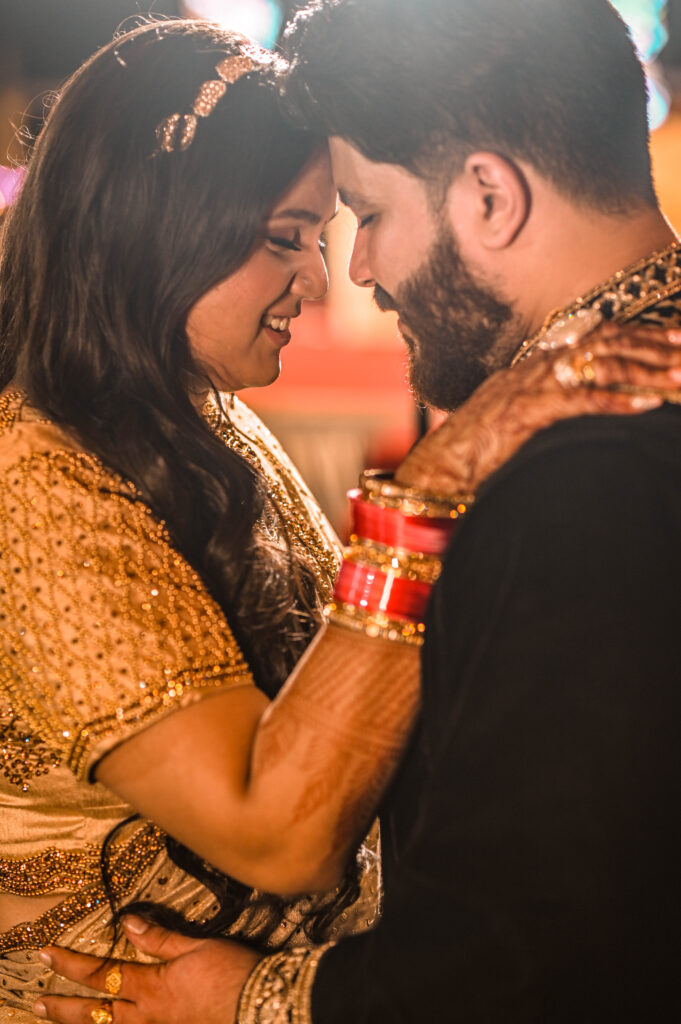
Conclusion wedding photography
wedding photography is an irreplaceable part of the celebration, transforming fleeting moments into lifelong memories. While it comes with its challenges and costs, the positive impact of beautifully captured photos far outweighs the negatives. wedding photography requires a blend of technical expertise, artistic vision, and emotional intelligence to create a collection of images that truly reflect the essence of a couple’s special day. As trends evolve and technology advances, the core purpose of wedding photography remains the same: to capture love in its purest form.
wedding photography is an irreplaceable part of the celebration, transforming fleeting moments into lifelong memories. It requires a blend of technical expertise, artistic vision, and emotional intelligence to create a collection of images that truly reflect the essence of a couple’s special day. As trends evolve and technology advances, the core purpose of wedding photography remains the same: to capture love in its purest form.
